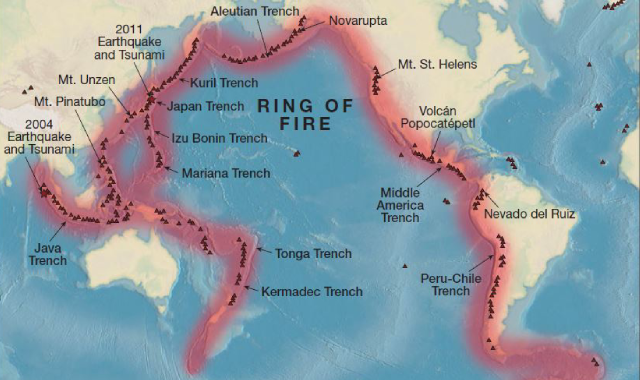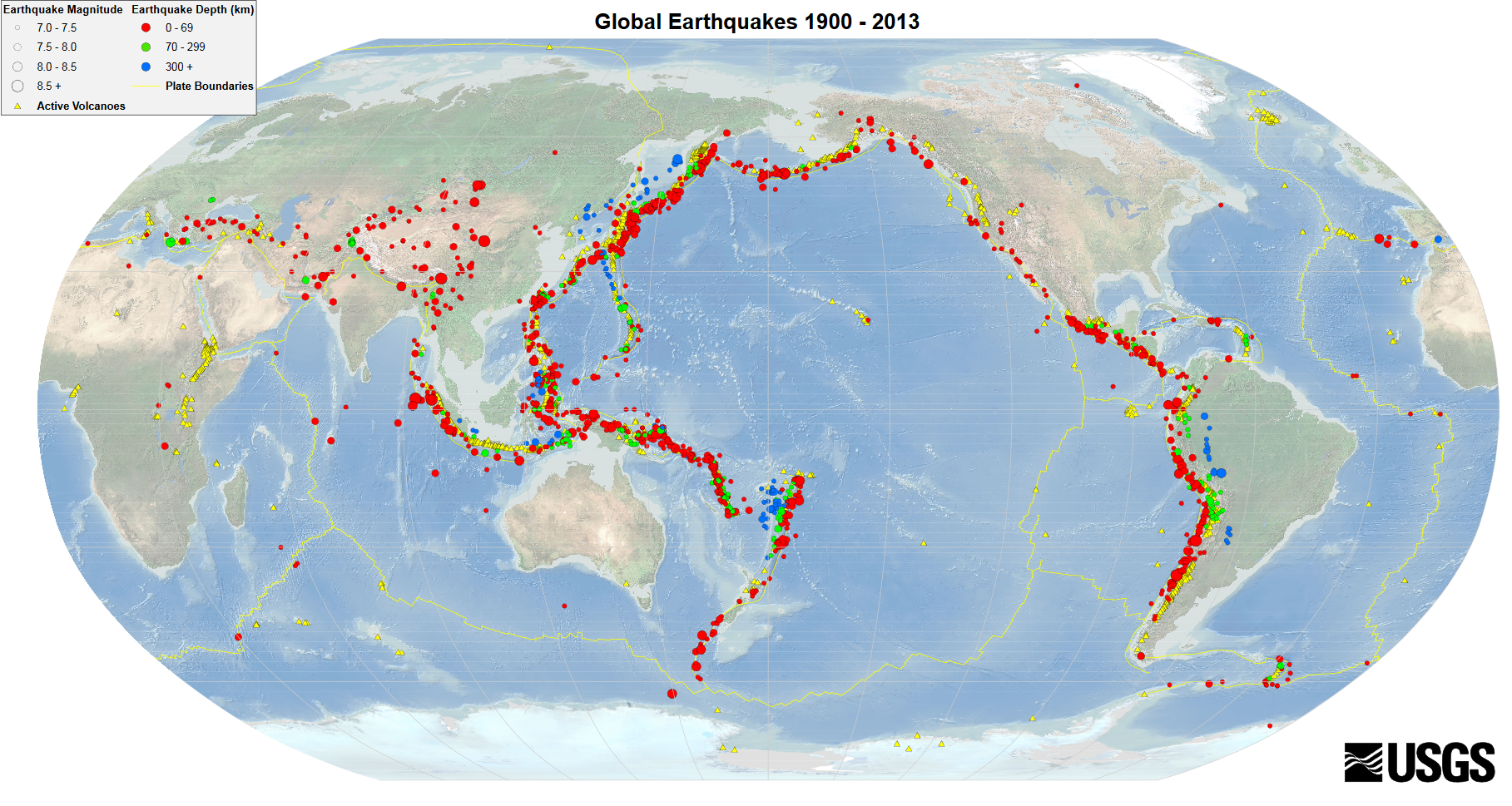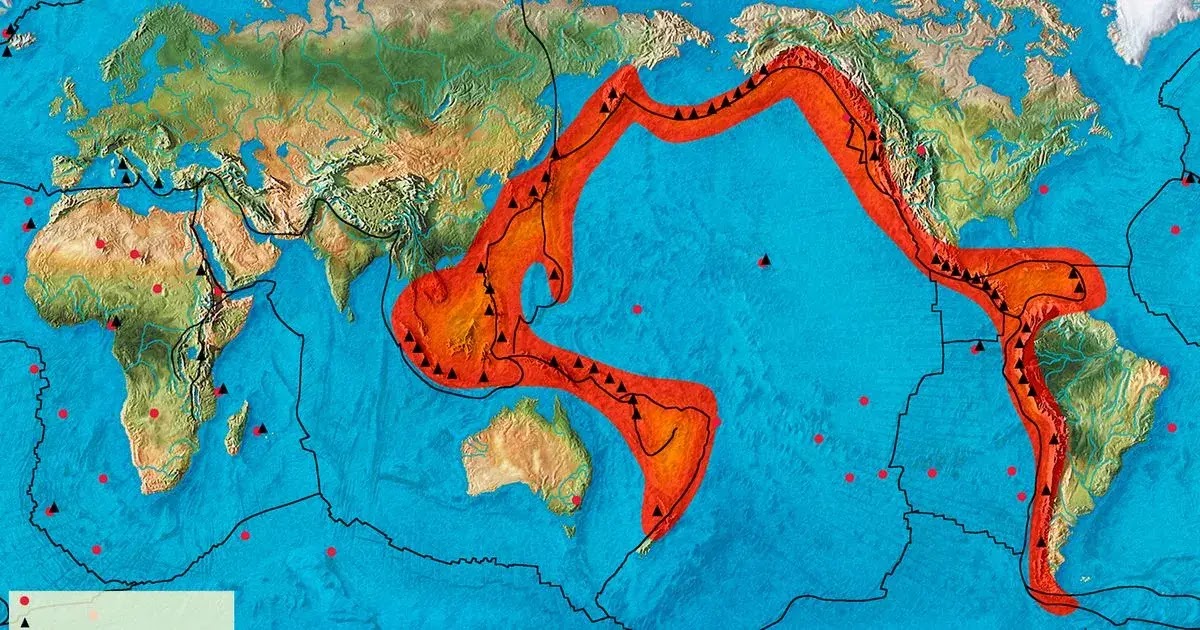Spooked travellers, jittery residents, and puzzled scientists are at odds this week after a decades-old comic predicted a catastrophic “megaquake” striking Japan on 5 July, despite overwhelming scientific consensus that such precise forecasting remains impossible.
The comic, reprinted in 2021, claimed a tsunami “three times the size” of the 2011 disaster would sweep across Pacific nations. Its original edition, released in the late 1990s, referenced a “great disaster” in March 2011, strikingly coinciding with the earthquake and nuclear crisis that year.
Sales have surged past the million mark. Meanwhile, viral videos echoing the prophecy have intensified public anxiety. Two Hong Kong-based airlines have reportedly reduced flights to southern Japan due to a fall in demand.
The author, now retired, recently softened the certainty of her claim but stopped short of withdrawing it, leaving room for speculation to thrive.
The timing has further fuelled fears after a swarm of over 900 tremors struck the Tokara Islands, including a magnitude 5.5 quake on 3 July. Authorities have dismissed any link between the recent seismic activity and the manga.
Officials reiterated that “predicting earthquakes by specifying the date, time, and location is difficult with current scientific knowledge.” A senior official described it as “regrettable that people are being affected by baseless information in this age of modern science” and urged the public “not to take irrational actions driven by anxiety.”
Also read: Japanese island rocked by 900 tremors, stoking 'megaquake' fears
Japan lies within the volatile Pacific Ring of Fire and experiences around 1,500 earthquakes a year, nearly 20 per cent of the global total. A government panel has assessed an 80 per cent chance of a major Nankai Trough quake occurring in the next 30 years, yet such forecasts do not pinpoint dates or exact locations.



Authorities maintain that public preparedness, based on credible alerts, drills, and science, is the nation’s strongest defence, not speculation fuelled by comics or social media.
For those still haunted by the memory of the 2011 disaster, such claims understandably provoke concern. But scientists warn that alarmism weakens public trust and risks chaos in the event of genuine emergencies.
Meanwhile, a magnitude 5.4 earthquake struck the waters off Japan’s Kagoshima Prefecture early Saturday morning, rattling the Tokara Island chain but posing no tsunami threat, officials confirmed.
The tremor was recorded at approximately 6:30 a.m. at a depth of 19 kilometres.
According to meteorological authorities, the strongest shaking was felt on Akusekijima Island, where the intensity reached upper 5 on Japan’s 7-point seismic scale. There were no immediate reports of damage or injuries.




